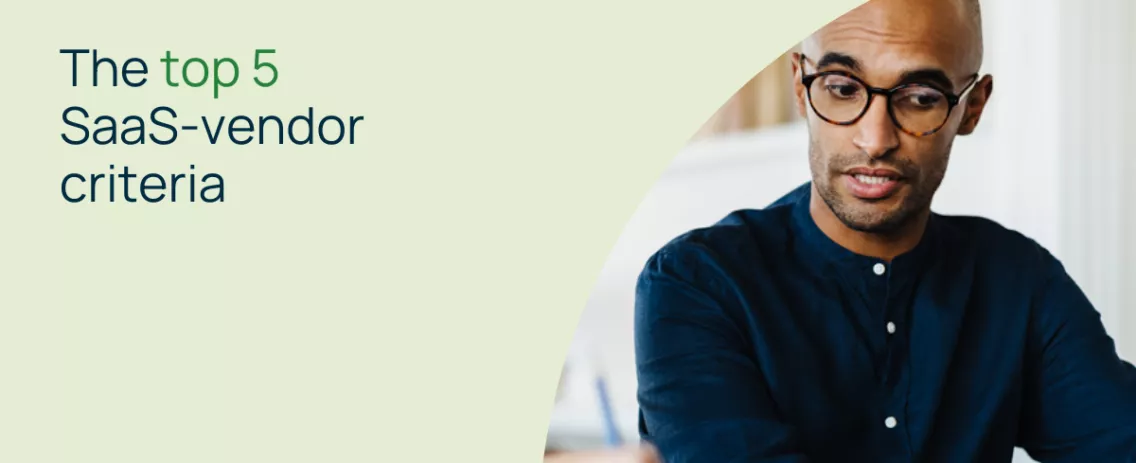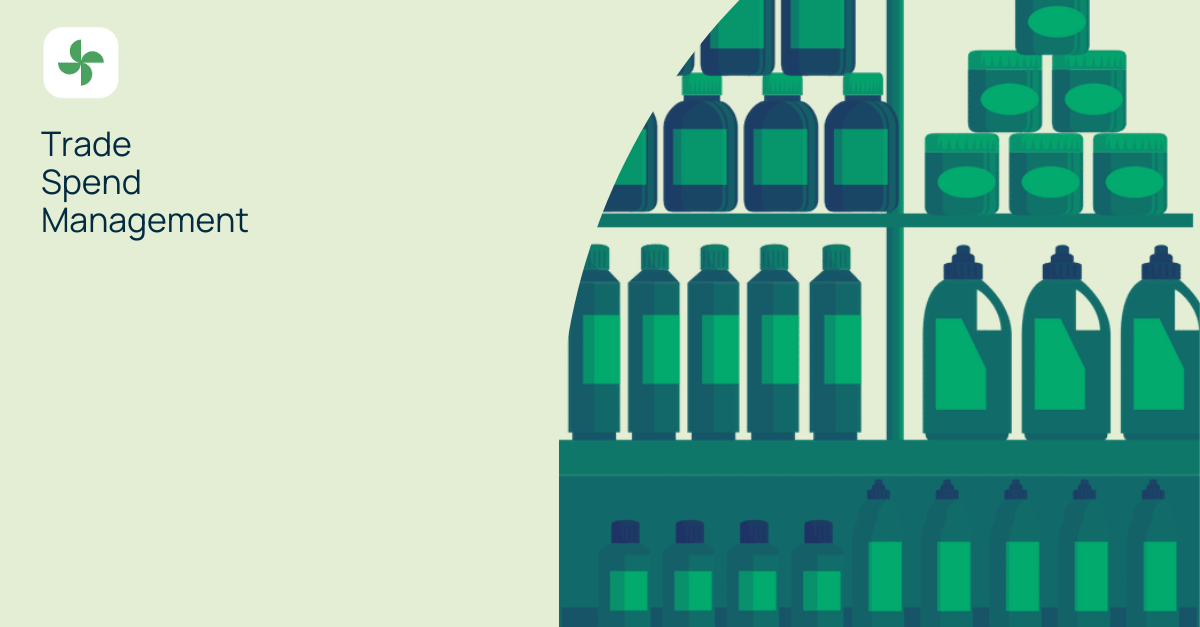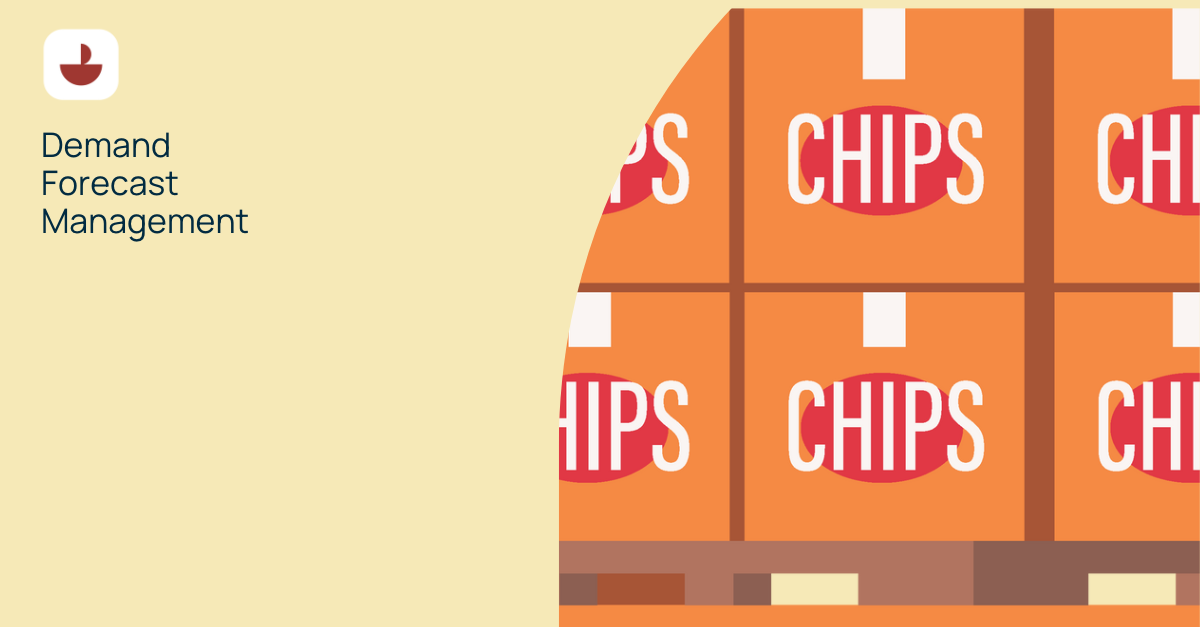
The top 5 SaaS-vendor criteria every IT procurement manager must know
As the Consumer Packaged Goods (CPG) industry is increasingly digitised, IT procurement professionals are faced with the challenge of selecting the right vendor and software for their organisation. However, the process of selecting a vendor and software can be complex and time-consuming, and there are many elements that IT procurement professionals should be aware of to make the best decision for their organisation.
Here are 5 areas IT procurement professionals should focus on when selecting a vendor and software in the CPG industry:
True-SaaS
How to identify true-SaaS versus PaaS.
The future for business applications is Software as a Service, and many of the world’s leading organisations are migrating to SaaS offerings. Yet, there is a difference between SaaS solutions. As shown in the table below, many vendors disguise their true offering by claiming to be SaaS vendor. Yet, they are PaaS or IaaS vendors that claim to be SaaS.
How to identify True-SaaS:
- Ask the vendor if their offering was built in the cloud or if they have previously offered on-premises solutions. -> Most vendors that migrate from on-premise to cloud face significant challenges as the architecture for cloud solutions is different.
- Ask if there are additional costs associated with third-party tools that need to be in place to use the SaaS solution. -> True SaaS has no need for additional tools to operate.
- Ask if upgrades and updates are free of charge -> True-SaaS includes updates and upgrades at no additional charge.
- Ask the vendor if your organisation must take care of hosting the solution -> Hosting must be included in the offering to be considered true SaaS.
- Ask the vendor if the tool is single code or if there are multiple versions -> True SaaS is single code. That means all customers are on the same solution.
- Ask the vendor if they customise or configure. Customisation of code can’t be SaaS. If they are promoting customisation, this means there are different versions of the software and will require additional support.
User-based pricing vs. unlimited users
Don’t limit your growth with limited seats.
Many SaaS offerings offer user-based pricing instead of one price for unlimited seats. Although user-based pricing may seem the best option, it actually constrains the utilisation of the platform. A true SaaS offering should offer scalability for your organisation as your business needs change. This means dynamically scaling up and down the user base according to your business needs. Make sure the provider you choose will not limit your ability to grow with the platform.
Reference calls
It pays to speak with actual users.
When evaluating software vendors, reference calls are the best method to get industry peer feedback on their experience with the vendor. To have the most reliable and unbiased opinion from an industry peer, you can:
- Check if they are using the same product. Quite often the best customer is put forward, but they might be on a legacy on-premise solution and not on the latest cloud version.
- Check if the vendor immediately provides contact details or if they respond with: “Reference calls are given at request”. Get suspicious if the contact details are not immediately provided.
- Check if the vendor is on the reference call or if you are taking the call on your own. The vendor is taking part is often a bad sign.
- Ask the Vendor for the customer list and request the companies you would like to speak to. If they are not willing to do this, that should be of concern.
Scalability
Look for a product that can grow with your needs.
As the CPG industry is constantly evolving, it is important to select a vendor and software system that can scale with the organisation’s growth. Scalability comes in the form of:
- Data volume handling: A SaaS solution in CPG only works if it’s able to handle large volumes of data. Ask for performance benchmarks or request this from reference clients.
- Support: Is the vendor setup to deliver support in your time zone? The beauty of SaaS solutions is they can operate globally but the supporting organisation needs to be setup to support your local time zones.
- Training & Certification: Does the vendor have a structured training program? Employee rotation is high in FMCG, if new employees can be trained in a structured way, business continuity is guaranteed.
Total cost of ownership
You must consider the total cost of ownership.
IT procurement professionals should consider the total cost of ownership when selecting a vendor and software, including the cost of implementation, maintenance, and upgrades. Many software vendors have hidden costs, they offer an initial “low” offer because the revenue is made in the tail of the contract.
Always check for:
- Hosting costs
- Upgrade/update costs
- Support costs (SLA and non-SLA)
(Re)configuration costs
In conclusion, IT procurement professionals in the CPG industry must consider many factors when selecting a vendor and software, including scalability, total cost of ownership, support, innovation, security, flexibility, and integration. It is crucial to avoid these pitfalls in order to make the best decision for the organisation.


